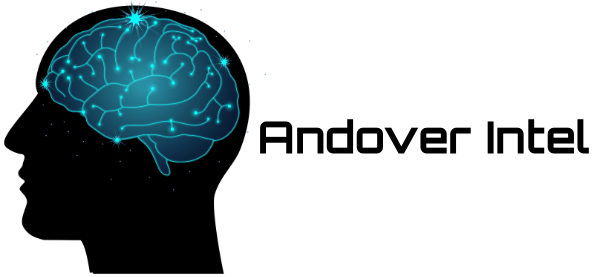Service modeling is important for zero-touch automation, as I said in an earlier blog. Service modeling, in terms of just how the model is constructed, is also important for operations, service, and network management. In fact, it sets up a very important management boundary point that could have a lot to do with how we…
A Hands-On Perspective on the Future of TV Viewing
Streaming video that includes live TV is the biggest threat to the traditional linear model of television. Depending on just what the operator does with it, that makes it the biggest threat to the cable TV and telco TV franchises, or the biggest opportunity. I’ve blogged about the overall issues of streaming live TV already,…
The Multiple Dimensions of Service Data Models
Service modeling has been a recurring topic for my blogs, in part because of its critical importance in what I’ve called “service lifecycle automation” and the industry now calls “zero-touch automation”. Another reason it’s recurring is that I keep getting requests from people to cover another angle of the topic. The most recent one relates…
Can the TMF Retake the Lead in Zero-Touch Automation?
On the ever-popular topic of zero-touch automation, Light Reading has an interesting piece that opens what might well be the big question of the whole topic—“What about the TMF?” The TMF is the baseline reference for OSS/BSS, a body that at least the CIO portions of operator organizations tend to trust. The TMF has also…
What Operator Projects in Operations Automation Show Us
In my last blog, I talked about the need to plan strategically and implement tactically. The logic behind that recommendation is that it’s all too easy to take short-term measures you think will lead somewhere, and then go nowhere beyond the short term. Looking at operators’ actions in 2017 and their plans in 2018, I…
If We’re in the Software Defined Age, How Do We Define the Software?
We are not through the first earnings season of the year, the first after the new tax law passed, but we are far enough into it to be able to see the outlines of technology trends in 2018. Things could be a lot worse, the summary might go, but they could also still get worse. …
How Events Evolve Us to “Fabric Computing”
If you read this blog regularly you know I believe the future of IT lies in event processing. In my last blog, I explained what was happening and how the future of cloud computing, edge computing, and IT overall is tied to events. Event-driven software is the next logical progression in an IT evolution I’ve…
Clouds, Edges, Fog, and Deep and Shallow Events
What is an “edge” and what is a “cloud”? Those questions might have seemed surpassingly dumb even a year ago, but today we’re seeing growing confusion on the topic of future computing and the reason comes down to this pair of questions. As usual, there’s a fair measure of hype involved in the debate, but…
So, Will Nationalized 5G Save Us?
5G may be the darling of the networking media, but it has profound technical and economic issues. The standards aren’t yet done, there are questions about how some of the proposed features would be implemented, and there’s the overriding question of whether there will be sufficient return on investment for operators. Those complications are daunting,…
Software Architecture and Implementation in Zero-Touch Automation
I know that I’ve saved the hardest of the zero-touch issues for last. The technical or software architecture almost has to be considered at the end, because you can’t talk about it without framing scope and functionality. Those who read my last blog know that I touched on technical issues with the comment that a…

